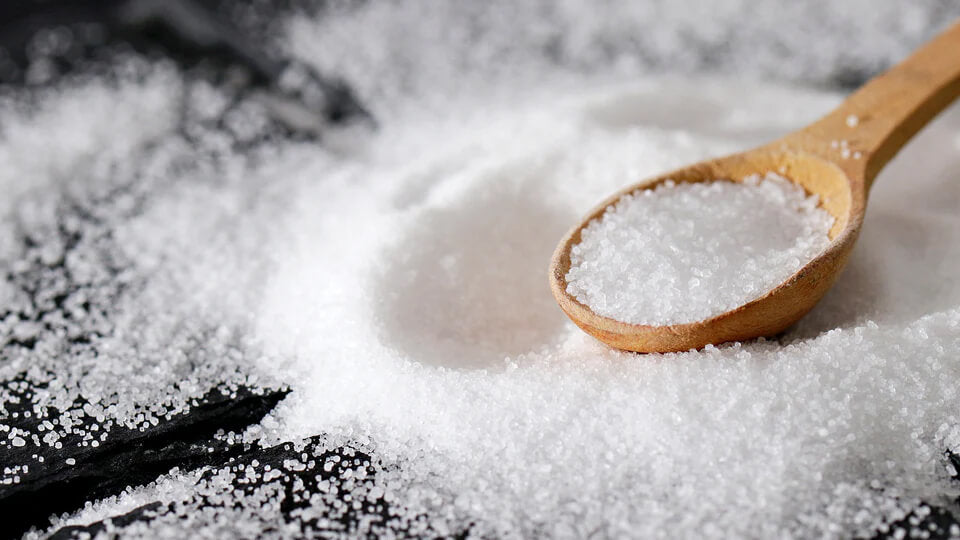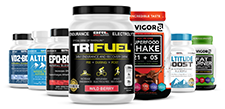Can Epsom Salt Baths Boost Recovery for Endurance Athletes?

Endless hours of training, strain on your muscles, and the mental fatigue of intense training blocks can leave you feeling depleted. When it comes to recovery, you're probably always on the lookout for ways to speed up the process and get back to peak performance. One potential recovery aid that has gained popularity among endurance athletes is the humbleepsom salt bath. But does the science back up the hype? Let's dive in.
First, let's discuss what epsom salts actually are. Epsom salts, chemically known asmagnesium sulfate, are a naturally occurring mineral compound. When dissolved in water, the magnesium and sulfateions are absorbed through the skin, potentially providing therapeutic benefits.
So how mightepsom salt baths aid in recovery for endurance athletes? There are a few key mechanisms at play:
Muscle Soreness Relief
One of the primary benefits touted forepsom salt baths is their ability to soothemuscle soreness and promotemuscle recovery. The magnesium in the salts is thought to help relax muscle tension and reduce inflammation, leading to less pain and stiffnesspost-workout.
A study published in the Journal of the International Society of Sports Nutrition in 2012 put this theory to the test. Researchers had participants soak in anepsom salt bath for 12 minutes after strenuous exercise. The results showed that those who took theepsom salt baths reported significantly lesssore muscles 24 and 48 hours later compared to the control group.
Relaxation and Stress Reduction
In addition to muscle benefits,epsom salt baths may also promote whole-body relaxation. Thewarm water and magnesium absorption can have a calming effect, helping to lower cortisol levels and ease mental stress. This can be particularly valuable for endurance athletes, who often face a high degree of physical and mental strain. In addition to techniques like meditation and massage, anepsom salt bath can support mentalwell-being and overallwellness.
A 2019 review in the Journal of Bodywork and Movement Therapies noted thatepsom salt baths have been shown to decrease anxiety, fatigue, and depression in some studies. For athletes dealing with the pressures of competition and intense training, that mental rejuvenation can be just as important as the physical recovery.
Timing and Duration
When it comes to getting the most out of yourepsom salt soak, timing and duration are key considerations. Most experts recommend soaking for 12–20 minutes after a tough workout, when your muscles are still warm and primed for recovery.
Longer soak times (up to an hour) may provide additional benefits, as the magnesium and sulfate have more time to be absorbed through the skin. However, you'll want to be cautious of overheating, especially if you're already fatigued from your training session. Consider addingcold water orwarm water to the tub rather thanhot water to ensure proper temperature regulation.
Frequency
So how often should endurance athletes incorporateepsom salt baths into theirrecovery routine? That likely depends on your individual needs and training load.
Some athletes find benefits from apost-workout soak 1–2 times per week, while others may find value inusing epsom salt baths more frequently — even after every hard training session. Listen to your body and experiment to see what cadence works best for you.
Ready to Unwind?
While the scientific research onepsom salt baths is still somewhat limited, the existing evidence suggests they can be a valuable recovery tool for endurance athletes. The magnesium and sulfate may help reducemuscle soreness, promote relaxation, and support the body's natural healing processes.
Of course,epsom salt baths shouldn't be viewed as a replacement for other essential recovery strategies like proper nutrition,hydration, sleep, and active recovery. But when used as part of a comprehensive approach, they may just give you the edge you need to bounce back stronger and perform your best.
Take the next step in your training regimen: Try any BRL Sports supplement risk-free! If our natural nutritional products aren’t the best you’ve ever used, simply return your purchase for a 100% refund — no questions asked!
Also in Inspiration & Perspiration

EPO: The Natural Advantage for Long-Distance Runners
Boost endurance naturally—learn how your body’s own EPO powers oxygen delivery, stamina, and recovery for long-distance runs.

Beating the Winter Blues: Find Your Training Motivation
Beat the winter slump—discover smart, energizing ways to stay motivated, strong, and consistent through cold-weather training.

Your Essential Winter Marathon Training Guide
Conquer cold-weather miles—learn how to layer, fuel, and stay safe while training for your winter or early spring marathon.


